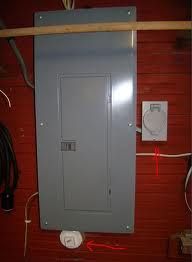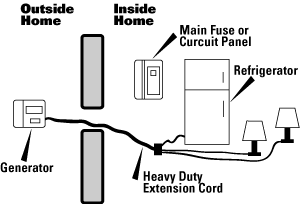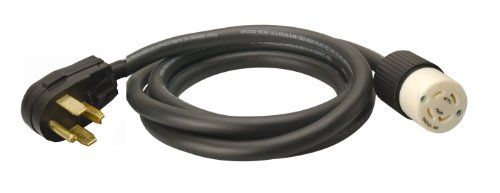RJJ
Co-Founder
JW: good point! I was thinking on the same line! Just had not connected the dots.
Your premier resource for building code knowledge.
This forum remains free to the public thanks to the generous support of our Sawhorse Members and Corporate Sponsors. Their contributions help keep this community thriving and accessible.
Want enhanced access to expert discussions and exclusive features? Learn more about the benefits here.
Ready to upgrade? Log in and upgrade now.
RJJ said:JW: good point! I was thinking on the same line! Just had not connected the dots.
These type of transfer switches do have their place but not with a standalone type generator.Rider Rick said:So it sounds like this kit is not code compliant.
Being qualified has nothing to do with one’s knowledge of the NEC.Follow the link for more information of what makes someone qualified.Dennis said:I have seen some inspectors who could mop the floor with most EC's in term of NEC knowledge.
jwelectric said:[/color]And here are the UL restrictions;FTCN.GuideInfo
Engine Generators for Portable Use
This category covers internal-combustion-engine-driven generators rated 15 kW or less, 250 V or less, which are provided only with receptacle outlets for the ac output circuits. The generators may incorporate alternating- or direct-current generator sections for supplying energy to battery-charging circuits.
When a portable generator is used to supply a building or structure wiring system:
1. The generator is considered a separately derived system in accordance with ANSI/NFPA 70, "National Electrical Code" (NEC).
2. The generator is intended to be connected through permanently installed Listed transfer equipment that switches all conductors other than the equipment grounding conductor.
3. The frame of a Listed generator is connected to the equipment-grounding conductor and the grounded (neutral) conductor of the generator. When properly connected to a premises or structure wiring system, the portable generator will be connected to the premises or structure grounding electrode for its ground reference.
4. Portable generators used other than to power building or structure wiring systems are intended to be connected to ground if required by the NEC.
No this interlock kit does not work for a portable generator at all
Then it won't have receptacles to be plugged into will it.steveray said:And if the generator is permanently installed?
There is no one yet that said the kit was not listed but the portable self-contained generator is not listed for the application. Yes go ahead and install a vehicle mounted generator that is hard wired and use this kit but unless that kits allows the switching of the neutral then the portable generator can’t be connected using that kit.ICE said:You can try it for 30 days and if you don't like it they will return your money....... Well that's only to "qualified" buyers (and heirs just in case you did hurt yourself.....you were warned)Generator InterLock Kit - Warranty & Inspector Information
So often I've heard a shrill voice squeak out the words, "It is a listed product and you can't say no"...... Of course I've said no anyway but that's another topic and there's no point in twisting noses
They already have said, it is called the NEC.gfretwell said:This is the kind of thing that should be addressed in a proposal to see what NFPA says.
The main bonding jumper in the service as well as another in a remote panel board somewhere down stream.gfretwell said:I have not seen the hazard of an interlock kit delineated.
This is not installed as a SDS so there should not be a bonding jumper in the generator.jwelectric said:The main bonding jumper in the service as well as another in a remote panel board somewhere down stream.
This was a good remark to the subject at hand.ICE said:deleted.......
Let me see if I understand what you are saying.You are saying that to allow an installation that is noncompliant will put an end to the dryer cord type of installation, is this correct?Builder Bob said:Based on seeing dryer cords being used to backfeed a dryer outlet, I would highly recommend this approach for the safety of the utility linemen........



I once was involved with a dispute between an electrical contractor and an electrical inspector.Builder Bob said:The ability to cite code verbatim is great.... however, in the big real world, does this installation make it safer .
In this use it will be temporary just as when the home was being built. It will not be there forever and this is the way these generators were designed to be used. See 590.6I have two of these generators and 4 100 feet cords that I use. I have been without power for nine days.Builder Bob said:Extension Cords ran through walls, windows, doors, etc.
YouTubejwelectric said:I once was involved with a dispute between an electrical contractor and an electrical inspector.The contractor had installed a SJO three conductor #8 cord to a range. The inspector turned down the job and said the cord had to be replaced.
The electrician’s argument was that he only had #8 in two conductor with ground NM cable and #8 SJO cord. Being that the EGC was insulated in the cord it would be safer than the NM cable and the inspector should have passed the installation.
What say you?
